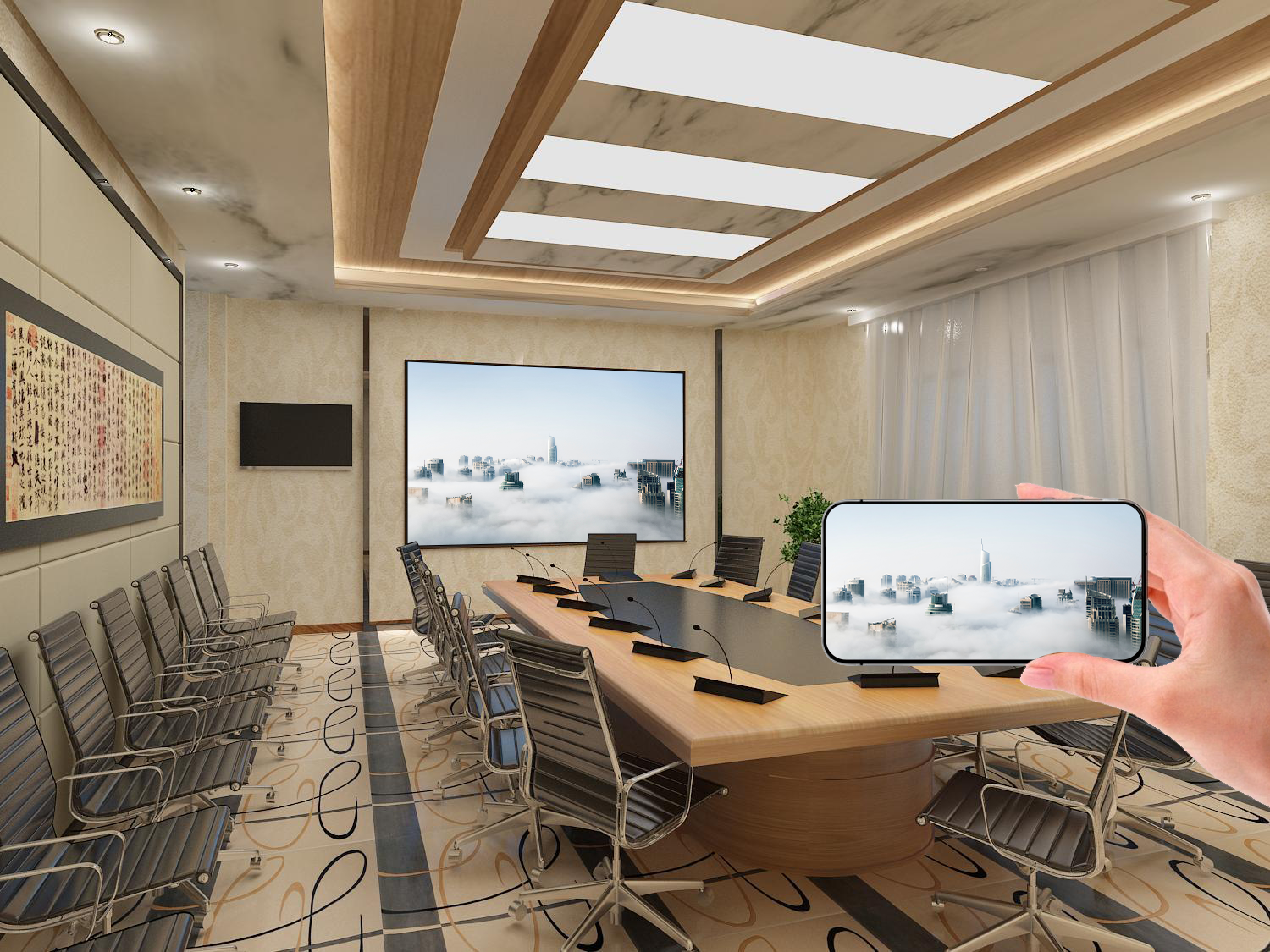The phones in students’ hands are no longer distractions in class, but keys to smart classrooms. Through
phone screen mirroring technology, we can unlock countless teaching methods that make classes vivid and efficient. Below are 10 innovative applications to “liven up” your classroom.
In chemistry or biology classes, students use their phone cameras to take close-up shots of experiments. They share the footage with the whole class in real time via wireless screen mirroring, making microcosmic changes or instant reactions clearly visible.
Students act as tour guides. Using phone maps or specific apps, they cast their screens to the large display, leading classmates to “visit” landforms and cultural landscapes around the world.
After completing assignments, students take photos and cast them immediately. Teachers and classmates can jointly comment on the large screen, analyzing composition and colors to enhance aesthetic abilities.
Record students’ sports videos (e.g., long jump, basketball shooting), then use phone screen mirroring for slow-motion playback and movement breakdown. This helps scientifically correct technical actions.
Groups co-create learning outcomes using mind mapping apps. They cast the collaboration process in real time, intuitively showing thinking paths and team achievements.
These include multi-screen collaborative document editing, fun dubbing for language classes, real-time classroom voting feedback, simulated press conferences, and microcosmic world exploration.
What limits teaching innovation is not technology, but imagination. Make good use of phone screen mirroring and multi-screen collaboration, and your smart classroom will truly become a dynamic and creative interactive classroom.

